Key Points in Truss Structure Design: A MustRead for Knowledge Boost
In daily life, we often encounter large public facilities, some of which are constructed using truss structures. Truss construction is relatively simple, convenient, and more costeffective than grid structures. This article explores the design characteristics and application knowledge of truss structures from several dimensions.
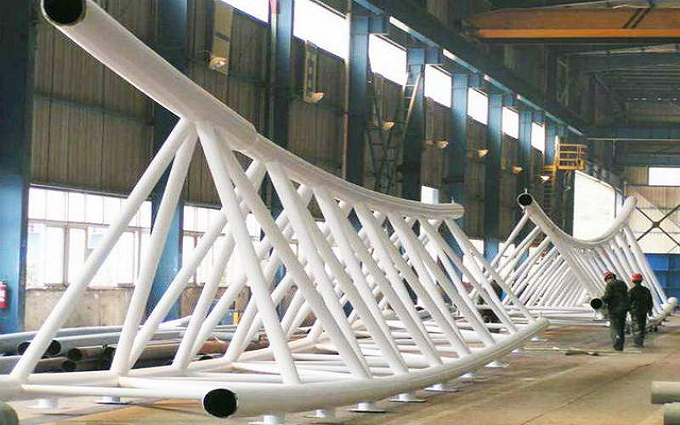
Main Characteristics of Truss Structures:
High Structural Height and Light Weight: Truss structures are known for their significant height and lightweight nature.
Stable Compressive Chords: The compression chords in trusses are quite stable.
Unidirectional Force Resistance: Unlike grid structures, which resist forces bidirectionally, trusses primarily resist forces in one direction.
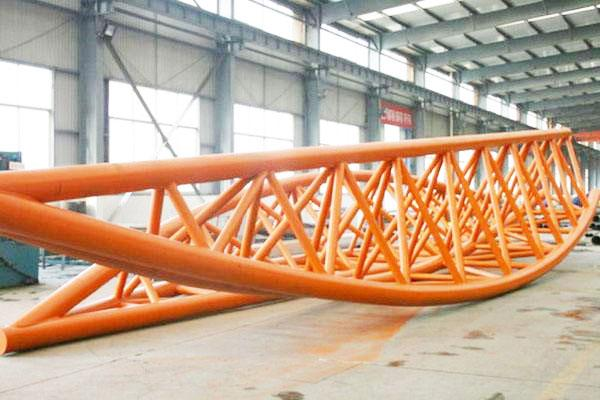
Functional Characteristics of Truss Structures:
Upper and Lower Chords: These components bear axial forces resulting from bending moments.
Web Members: These parts withstand shear forces caused by bending moments.
Rational Arrangement of Web Members: To ensure stability, web members are preferably designed to be in tension.

Comparison of TwoDimensional and Space Trusses:
TwoDimensional Trusses: Have equal numbers of upper and lower chords, with fewer sections under tension.
Space Trusses: Strengthen the compression zones, enhancing overall stability.
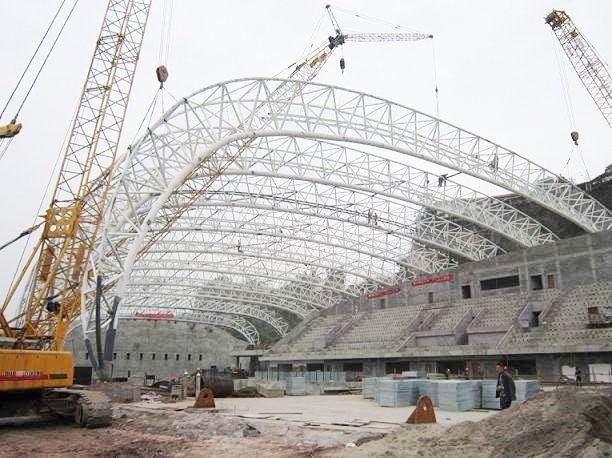
Pros and Cons of Spatial Truss Structures:
Advantages:
High overall rigidity and good stability.
Facilitates layered hoisting onsite, reducing construction difficulty.
Achieves the desired effect on the building's surface.
Disadvantages:
Exerts significant horizontal thrust on the columns on both sides.
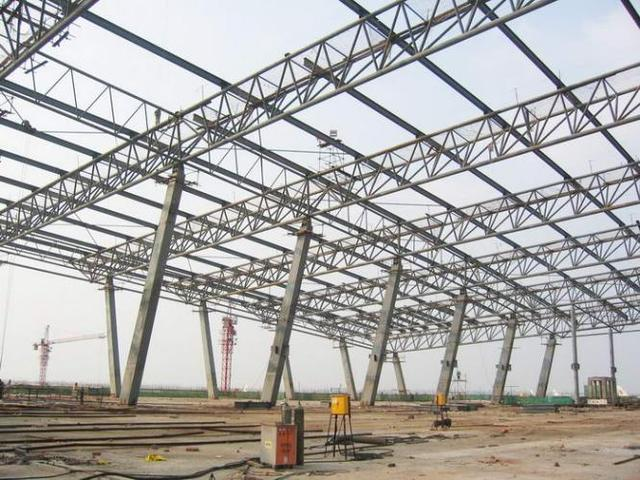
Force Characteristics of Truss Structures:
All external forces act within the central plane of the truss and are concentrated at the nodes.
Mechanical Perspective: When the truss shape and the bending moment diagram of a simply supported beam are similar, the axial force distribution in the upper and lower chords is uniform, and the axial force in the web members is small, making material usage efficient.
Material and Manufacturing Perspective: Steel Trusses are generally trapezoidal or parallel chord shaped, while reinforced concrete and prestressed concrete trusses are best in polygonal or trapezoidal shapes.
Height and Span Ratios:
For spatial trusses: 1/12 to 1/16.
For spatial arches: 1/20 to 1/30.
For tensioned spatial arches: 1/30 to 1/50.
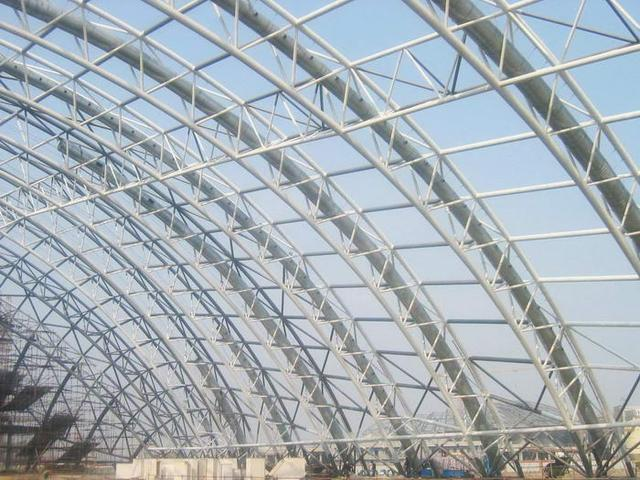
Practical Applications:
Trusses can be used in various reallife scenarios, depending on the specific requirements and the intended use. Selecting the appropriate form, material, and support method for the truss based on multiple dimensions can save considerable effort and labor costs in engineering projects.
RELATED NEWS
- Efficient Canopy Structures: Enhancing Gas Station Functionality and Aesthetics 2024-07-05
- Gas Station Construction Budget: How Much Does It Cost to Build a Gas Station? 2024-07-04
- Eight Key Factors in Aluminum-Magnesium-Manganese Roof Design 2024-07-04
- What Are Roof Purlins? What Are the Principles of Roof Purlin Layout? 2024-07-03
- Characteristics of Hangar Tents 2024-07-03
Categories
Latest News
Contact Us
Contact: Mr.Lu
Phone: +86-51668601029
E-mail: hbktech@163.com
Whatsapp:86+15152106218
Add: 1412, Building 2, Vanke Huaihai Xintiandi, Block 3, Quanshan District, Xuzhou City, Jiangsu Province
